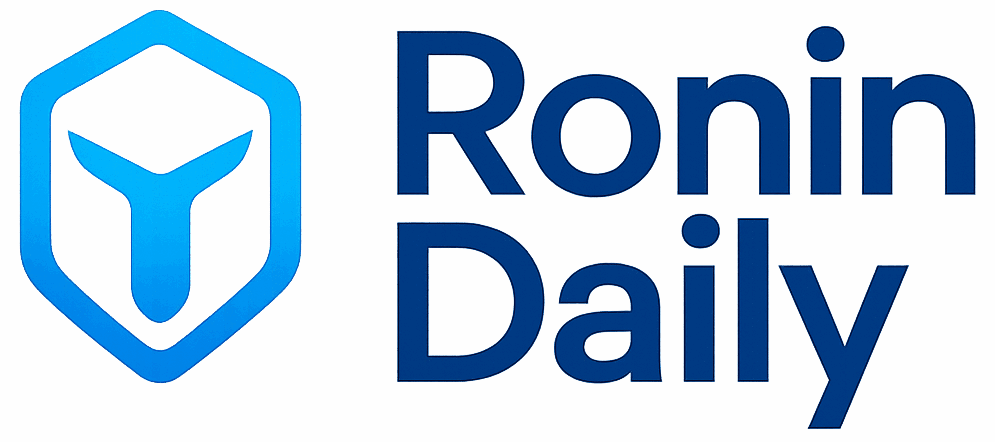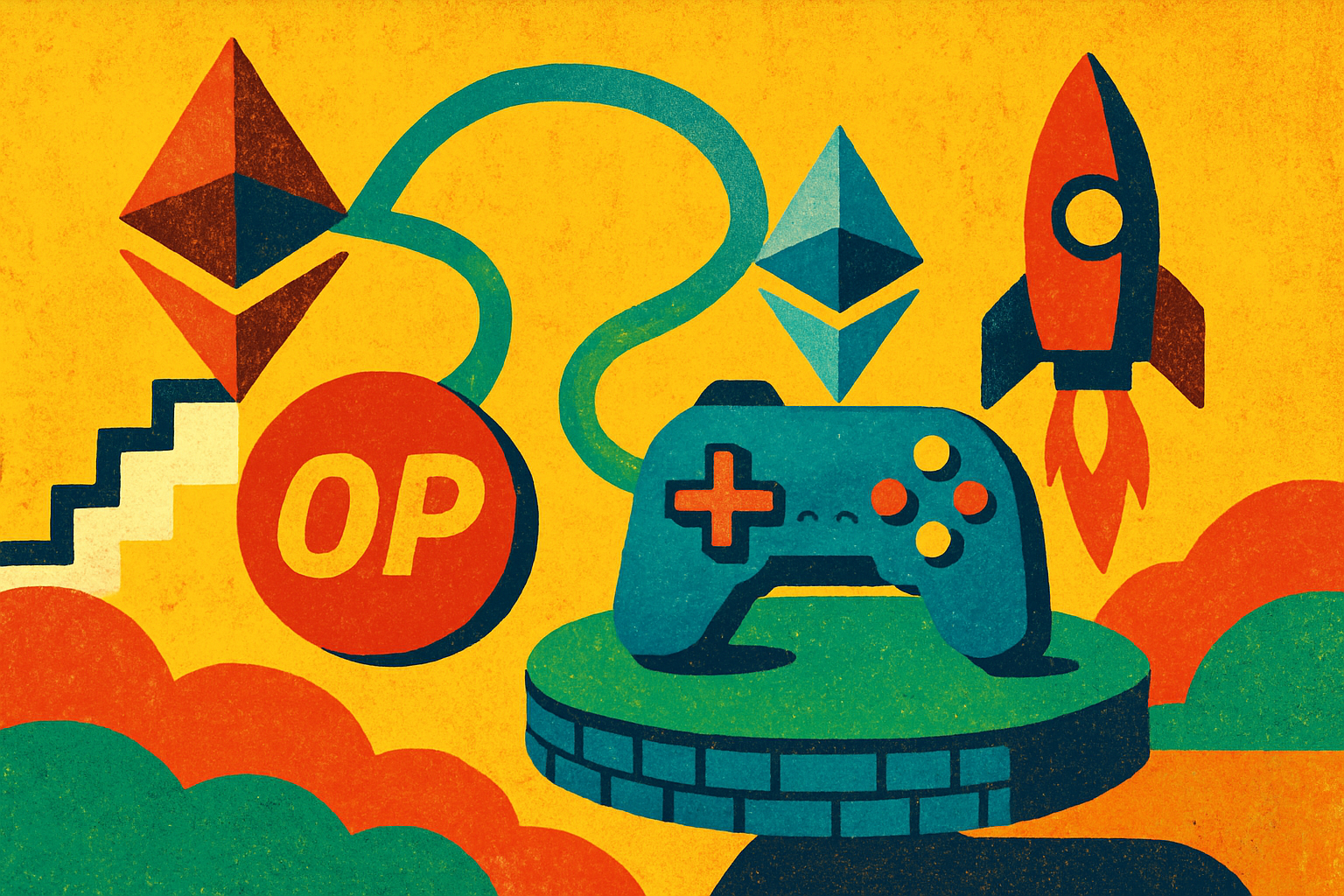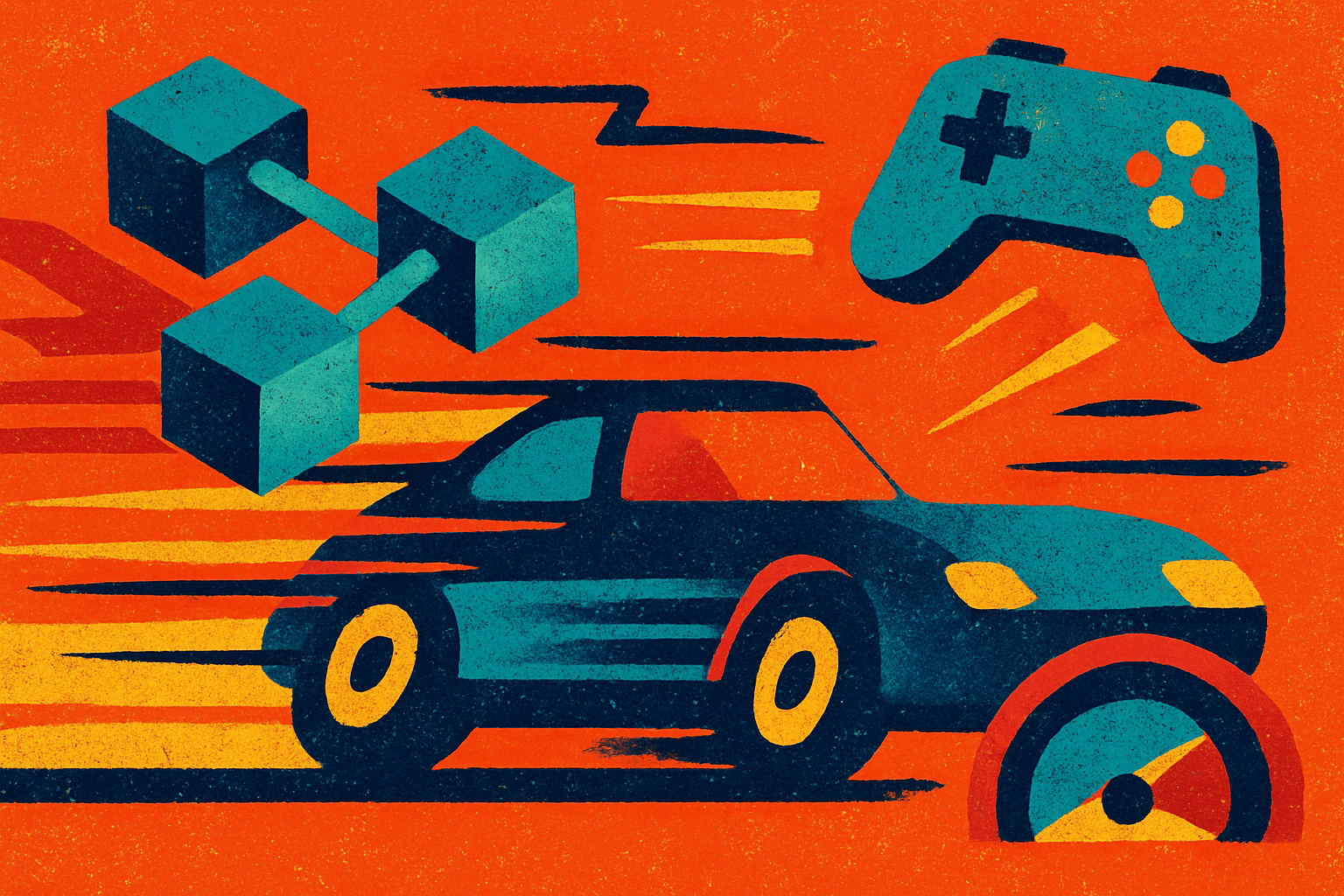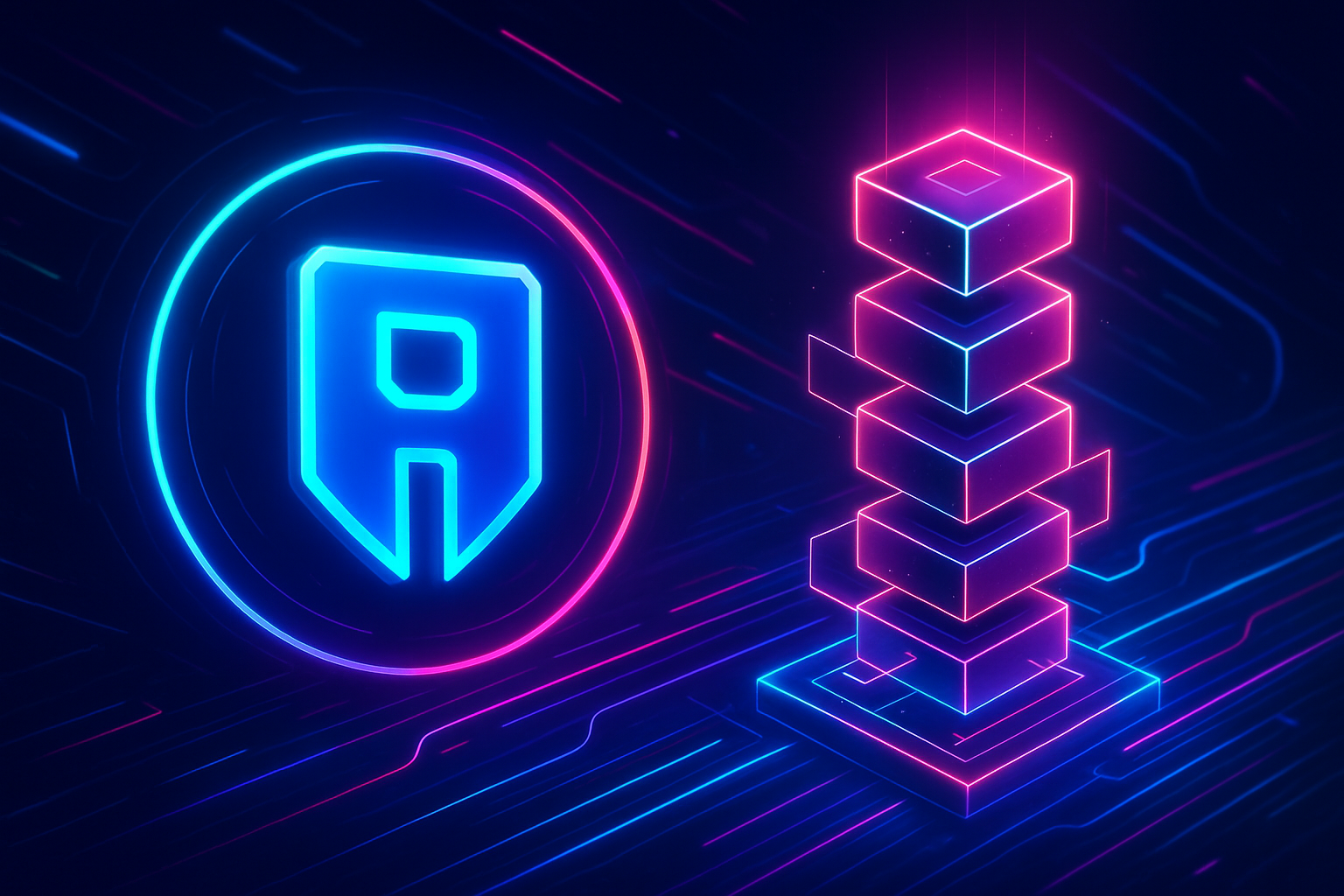
Ronin Network’s migration from a standalone sidechain to an Ethereum Layer 2 (L2) solution using Optimism’s OP Stack is more than a technical upgrade, it’s a pivotal shift that redefines what’s possible for Web3 gaming scalability. As of today, Ronin (RON) trades at $0.3740, reflecting a market that is watching this transition closely. The move is already sparking interest among developers, gamers, and investors eager to see how Ronin’s new architecture will drive the next generation of blockchain-powered games.
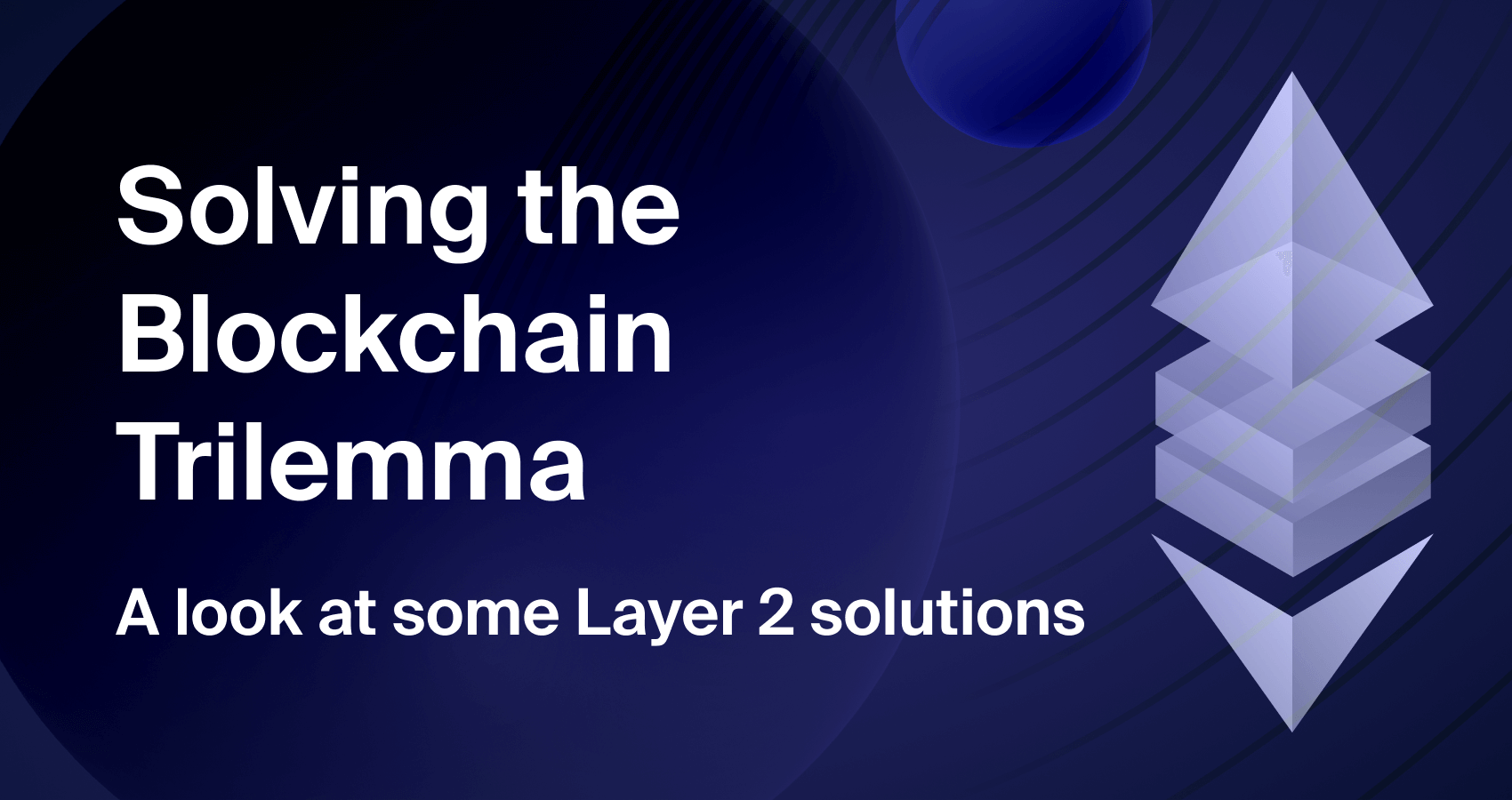
From Sidechain to Superchain: Why Ronin Chose the OP Stack
The Ronin Network was originally designed to support Axie Infinity, one of the most successful blockchain games to date. However, as user demand and transaction volumes soared, the limitations of being a standalone sidechain became clear. High throughput and low fees are critical for gaming, but so is seamless interoperability with the broader Ethereum ecosystem. By adopting Optimism’s OP Stack, Ronin positions itself at the forefront of Web3 gaming L2 solutions, joining Optimism’s Superchain collective alongside networks like Base and Unichain.
The OP Stack is a modular, open-source framework proven to scale live chains efficiently. Its track record includes supporting large-scale consumer chains where block times reach as low as 100-200 milliseconds. For Ronin, this means the ability to deliver near-instantaneous transactions, a non-negotiable requirement for competitive gaming and real-time NFT interactions.
Supercharging Transaction Speed and Scalability
The integration of OP Stack technology marks a dramatic upgrade in Ronin’s performance profile. With potential throughput scaling up to one million transactions per second, Ronin is poised to become one of the fastest blockchain gaming networks in the industry. This scalability is not just theoretical, Optimism’s infrastructure has already demonstrated its capacity to handle high-volume chains like Base, which are live and supporting millions of users.
For developers and studios building on Ronin, these enhancements translate into smoother gameplay, reduced lag, and more complex game mechanics that were previously impractical on-chain. The player experience will be defined by low latency and minimal transaction fees, removing friction for onboarding both crypto-native gamers and traditional audiences exploring Web3 for the first time.
Security Reinforced by Ethereum’s Proven Framework
Security remains a top concern for any blockchain network, especially one hosting valuable digital assets and competitive games. By transitioning to an Ethereum L2 using the OP Stack, Ronin inherits Ethereum’s robust security guarantees. This move significantly reduces attack surfaces compared to isolated sidechains and ensures that both developers and players can trust the underlying infrastructure.
This enhanced security posture is vital for Ronin’s ambitions beyond gaming. As the network expands into DeFi and NFTs, the assurance of Ethereum-grade security will be a key differentiator for projects deciding where to build.
Developer Incentives: Fueling Ecosystem Growth
The technical leap forward is matched by a surge in developer incentives. With milestone-based grants totaling $5 million to $7 million, distributed in $OP, $EIGEN, and $ZKC tokens, Ronin is actively courting new talent and projects. Access to Optimism’s 850 million $OP Retro Fund further sweetens the deal, providing resources that can accelerate innovation across gaming, DeFi, and NFT verticals.
This influx of capital and support is expected to drive a wave of new applications and partnerships, solidifying Ronin’s position in the Ronin Superchain ecosystem.
As Ronin Network becomes an integral part of Optimism’s Superchain, the possibilities for cross-chain collaboration and liquidity sharing multiply. This interconnected environment means that developers can build applications on Ronin that seamlessly interact with assets and users across other OP Stack-powered chains, such as Base and Unichain. For game studios, this opens doors to new monetization models, interoperable game assets, and a much larger player base without sacrificing the low fees and high speed that set Ronin apart.
Top Projects Migrating to Ronin After OP Stack Integration
-
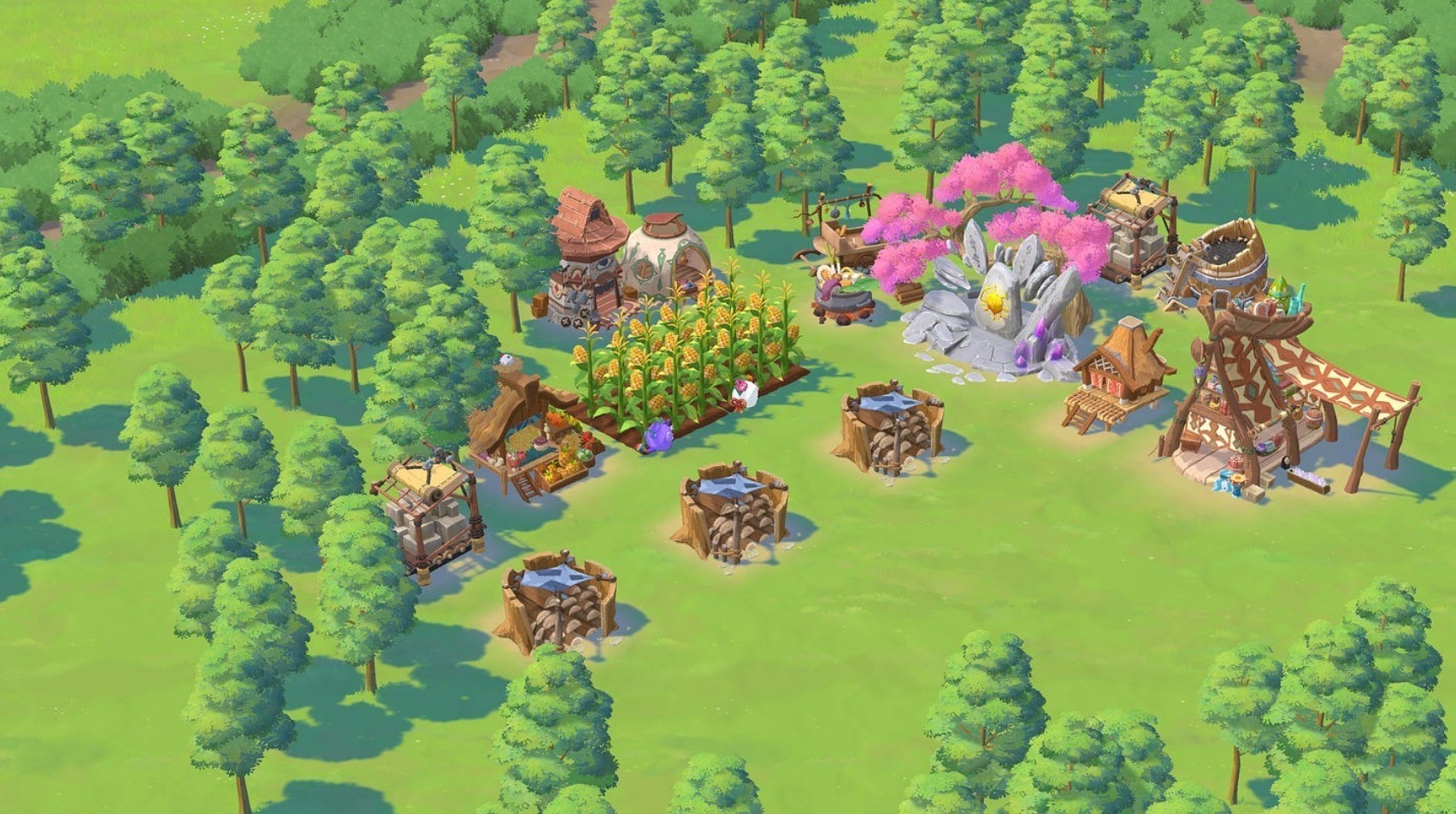
Axie Infinity: The flagship play-to-earn game and original driver of the Ronin Network, Axie Infinity is set to leverage the enhanced scalability and security of Ronin’s OP Stack-powered L2 for faster gameplay and lower transaction fees.
-

Pixels: This popular open-world farming and social game, Pixels, has already migrated to Ronin and will benefit from the OP Stack upgrade, enabling smoother player experiences and supporting a growing user base.
-
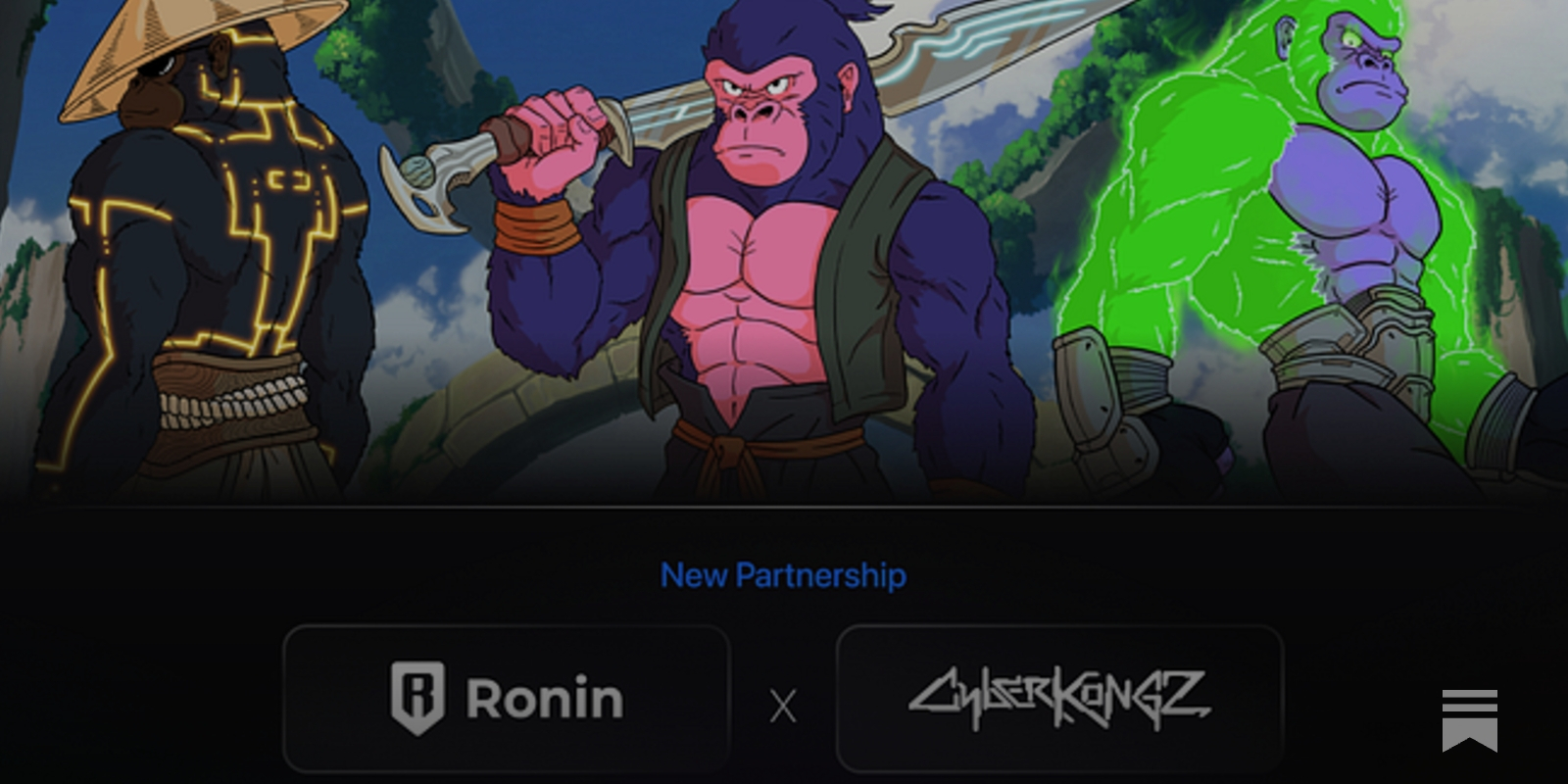
CyberKongz: The NFT-driven gaming and collectibles project CyberKongz announced its expansion to Ronin, aiming to utilize the network’s improved throughput and interoperability for its Play & Kollect game.
-
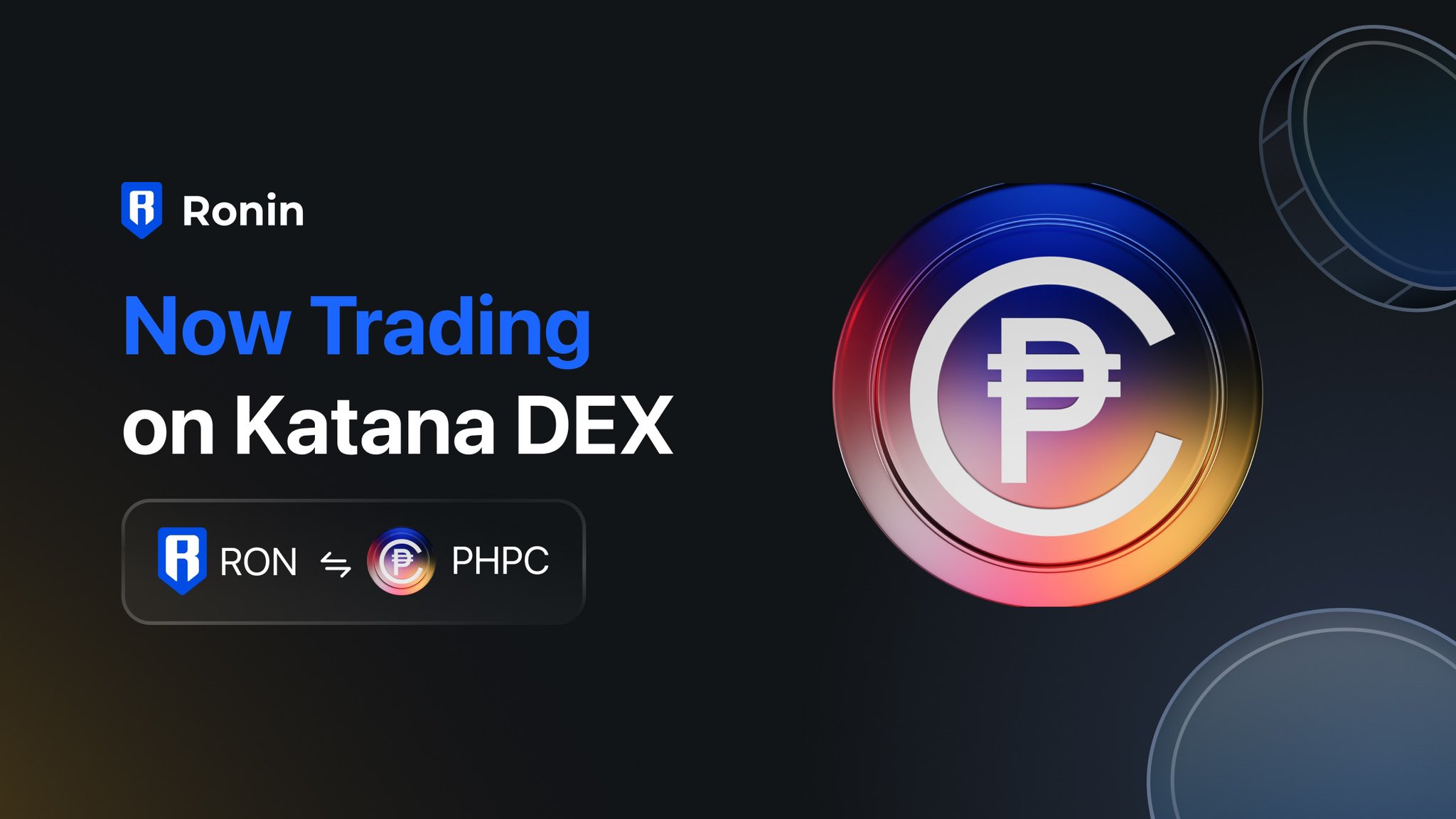
Katana DEX: Ronin’s native decentralized exchange, Katana, is set to benefit from the OP Stack migration with increased transaction speeds and access to broader liquidity via the Superchain ecosystem.
-
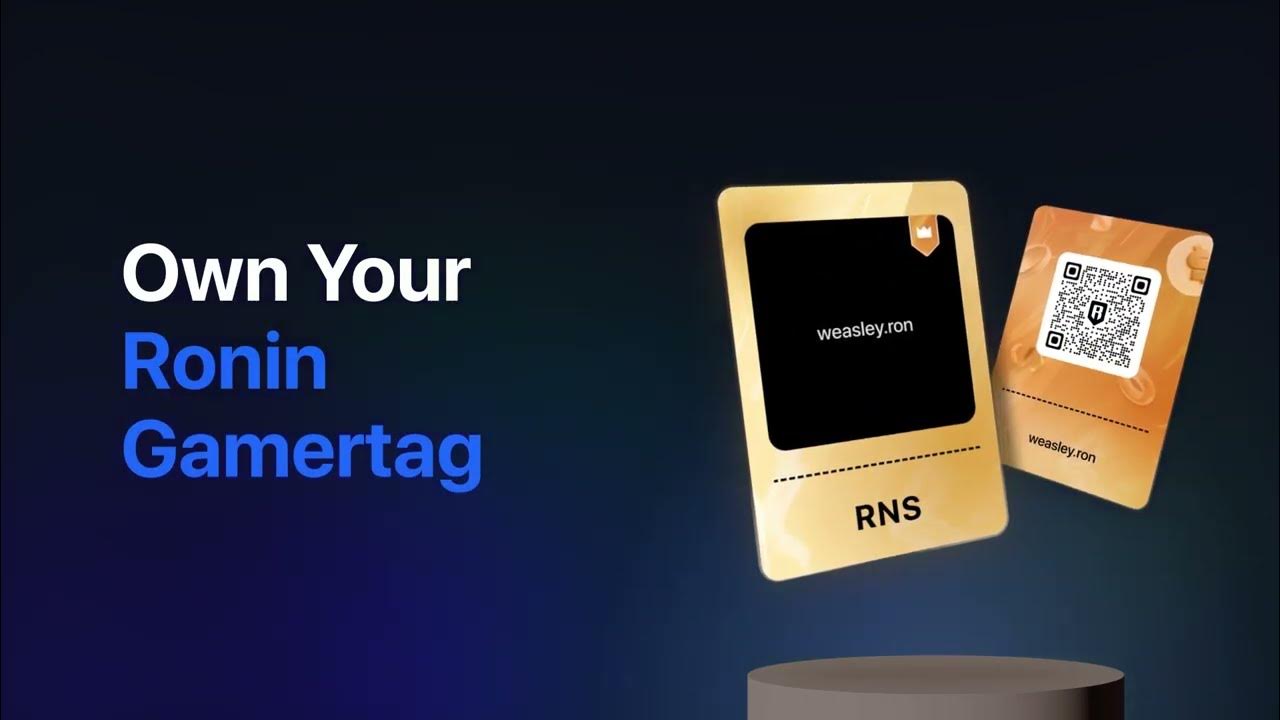
Ronin Name Service (RNS): The Ronin Name Service is planning to leverage OP Stack’s improved infrastructure to offer faster and more reliable blockchain domain registrations for users.
-
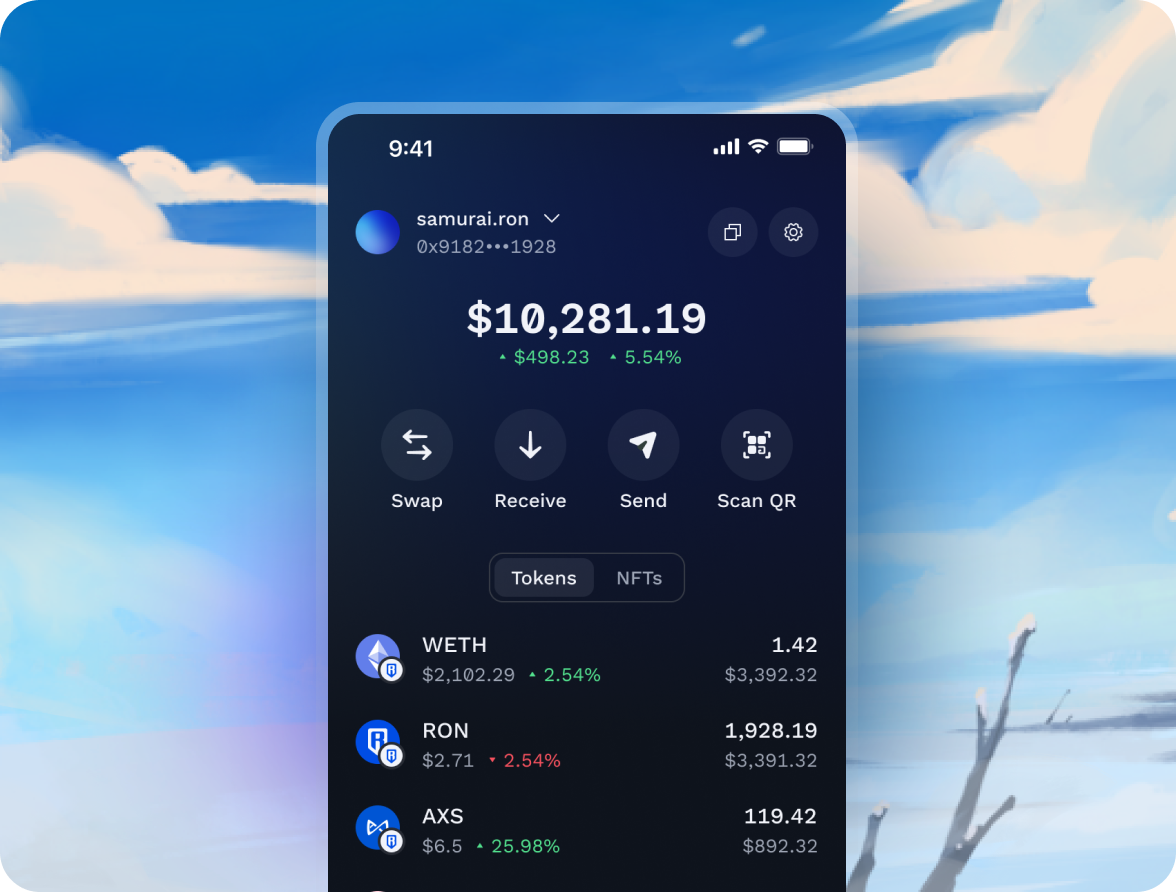
Sky Mavis Portfolio Apps: Several Sky Mavis-developed projects—including Ronin Wallet and Axie Marketplace—will utilize OP Stack’s scalability to enhance user onboarding and in-game transactions.
-
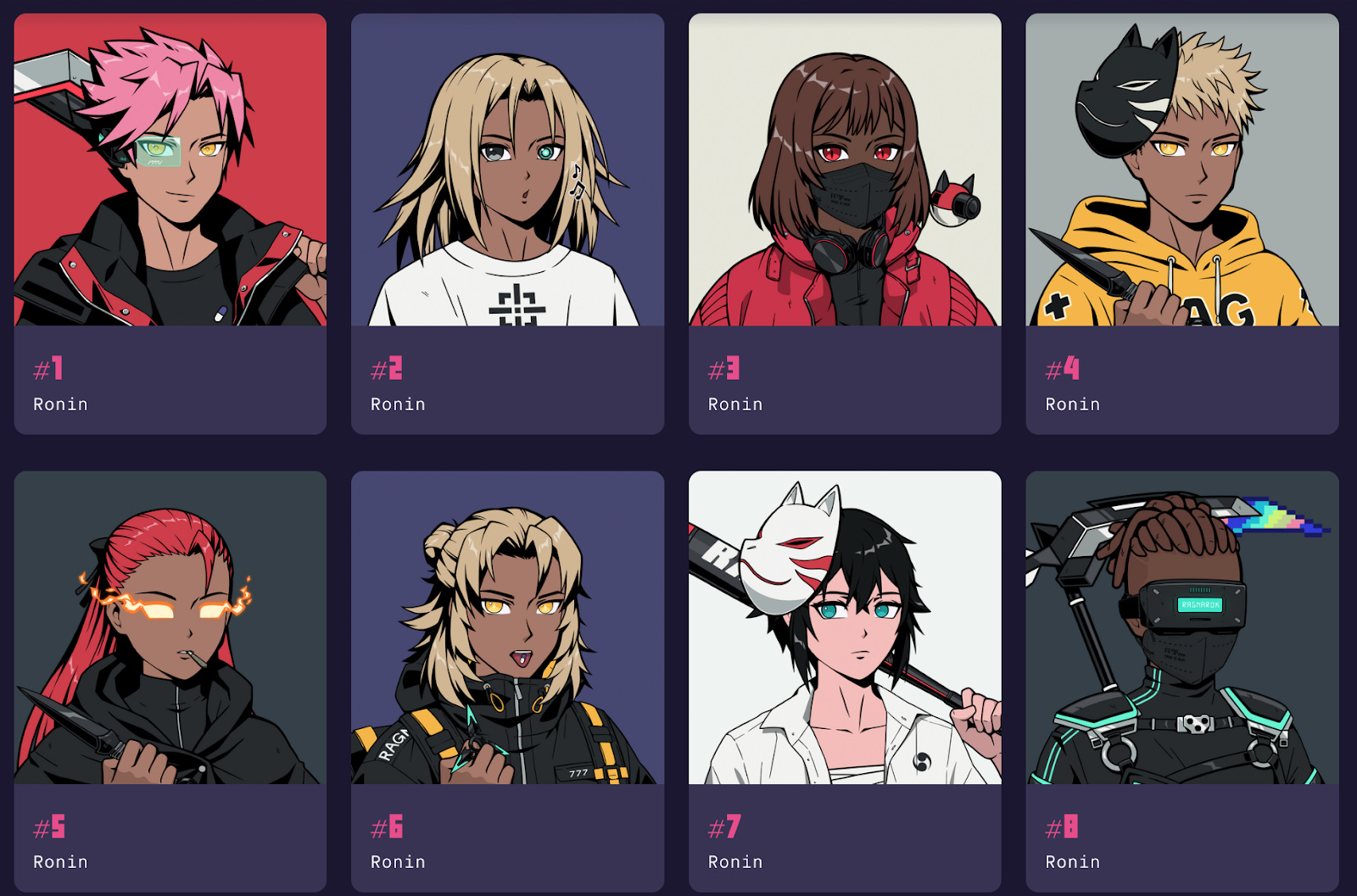
Defi Kingdoms: Crystalvale (Planned): The team behind DeFi Kingdoms has expressed interest in launching a Ronin-based version of their popular GameFi project, taking advantage of the OP Stack’s performance for complex DeFi and gaming mechanics.
For the broader blockchain space, Ronin’s OP Stack integration is a signal that Layer 2 solutions are maturing rapidly. The move not only brings technical improvements but also aligns Ronin with a vision of modular, scalable, and user-centric blockchains. As the Superchain ecosystem grows, users can expect even more fluid experiences, whether they’re trading NFTs, participating in DeFi protocols, or battling it out in real-time games.
What the Migration Means for $RON Holders
With $RON currently priced at $0.3740, the token stands as both a utility asset and a barometer for network growth. The migration process is designed to be seamless for existing users, no swaps or manual interventions required. $RON will continue to function as the primary gas token on Ronin L2, supporting all transactions and smart contract executions within the ecosystem.
As activity on Ronin ramps up post-OP Stack integration, demand for $RON could see significant shifts. Increased transaction volumes from gaming, DeFi, and NFT projects may drive greater utility for the token. However, as with any evolving ecosystem, investors should monitor how network upgrades and grant-driven growth impact token economics and long-term adoption.
The Road Ahead: Scaling Web3 Gaming Beyond Limits
Ronin’s transition to Optimism Layer 2 is not just about keeping pace with current demand, it’s about laying the groundwork for the next wave of Web3 gaming innovation. With block times as fast as 100-200 milliseconds and scalable throughput that rivals traditional gaming infrastructure, Ronin is setting new standards for what blockchain can achieve in entertainment.
Looking forward, the focus will be on onboarding new developers, supporting ambitious game designs, and ensuring that security keeps pace with rapid growth. Community involvement will be crucial as Ronin refines its governance, rolls out new features, and expands deeper into DeFi and NFT markets.
For those tracking industry trends, Ronin’s homecoming to Ethereum via the OP Stack is a clear indicator that modular L2 solutions are becoming essential infrastructure for Web3 gaming at scale. Whether you’re a developer seeking robust tooling, a gamer looking for seamless experiences, or an investor watching $RON at $0.3740, this migration marks an important milestone in blockchain’s evolution from niche experiments to mainstream platforms.
